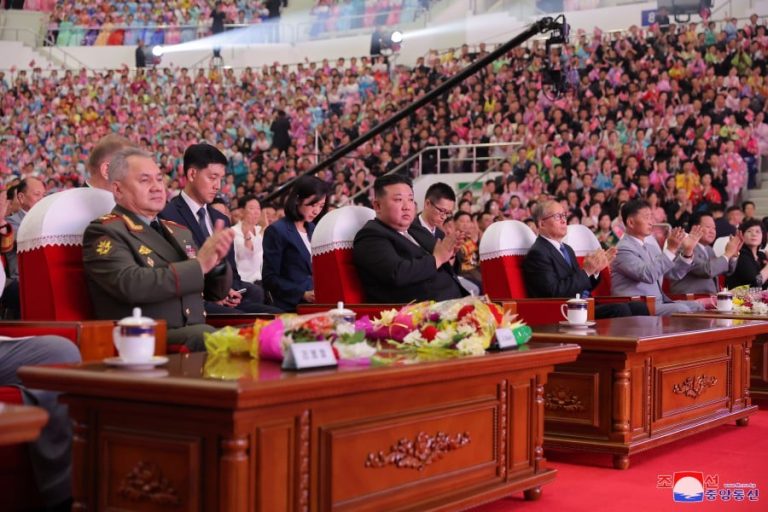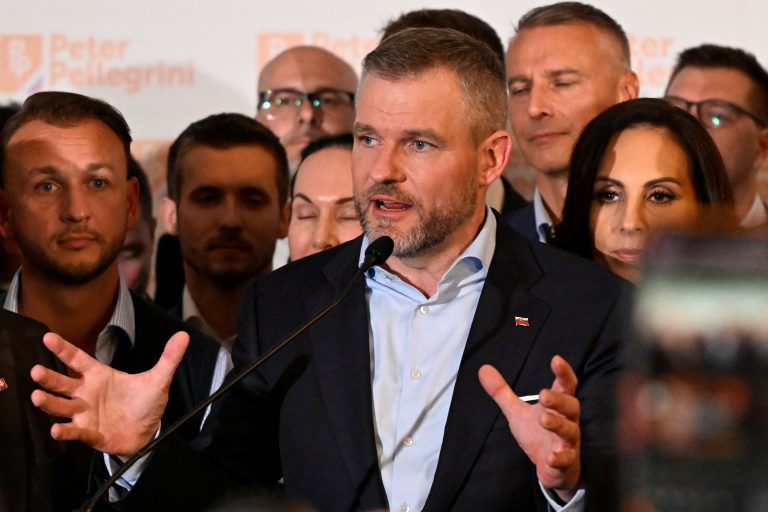This week, as North Korea commemorates 70 years since the Korean War armistice, an unusual international congregation was in attendance.
High-ranking delegations from Russia and China — welcomed by North Korean leader Kim Jong Un — embarked on the first significant diplomatic visit to the isolated state since the inception of the COVID-19 pandemic. The hermit nation had cordoned off travel in and out since 2020, with these visits marking a subtle shift towards re-engagement with the world.
MORE ON NORTH KOREA:
- US Soldier Detained for Assaulting South Korean National Defects to North Korea
- North Korean Workers, Diplomat Die in Chinese Pandemic: Insiders
- North Korea Warns of Increased Hostility if Sanctions and Pressure Continue
- North Korea Admits First COVID Death, Positive Cases Suspected to Be in the Millions
Reviving age-old alliances
Russian presence, in particular, captured North Korean state media’s attention. Quoting Russian Defense Minister Sergei Shoigu, the reports recalled a “cordial atmosphere overflowing with militant friendship” that characterized the diplomatic exchange. The Russian envoy’s invitation to the “Victory Day” ceremonies symbolized a novel development in Russo-Korean relations.
The move gained international attention, particularly as the United Nations (UN) highlighted Moscow’s resumption of oil exports to North Korea.
RELATED: China Exploits Sanctions Loophole to Siphon Millions’ Worth of Military Gear to Russia: Politico
Success
You are now signed up for our newsletter
Success
Check your email to complete sign up
There were also unconfirmed reports regarding weapon transactions from Pyongyang to Moscow for the ongoing conflict in Ukraine. Although speculative, the alleged cooperation between the two countries calls for close observation of their evolving relationship, analysts say.
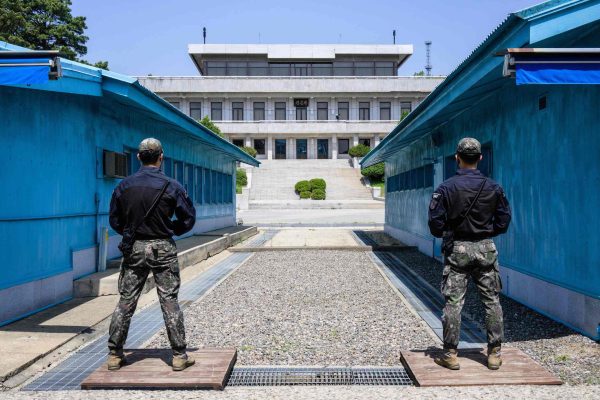
During an official gathering held for Defense Minister Sergei Shoigu and his fellow Russian delegates, the state-operated Korean Central News Agency (KCNA) reported that North Korean Defense Minister Kang Sun Nam said Russia could count on the full support of the North Korean army “for the just struggle of the Russian army and people to defend the sovereignty and security of the country.”
Military might on display
Earlier in the week, photographs showed Kim Jong Un personally escorting Shoigu around an arms exhibition — an event dedicated to the country’s military prowess. Images released seemed to accentuate Pyongyang’s recent drone advancements, with one image notably bearing resemblance to the American Global Hawk reconnaissance drone.
The showcase also displayed the Hwasong 17 and 18 intercontinental ballistic missiles (ICBMs). The latter — a more advanced version powered by solid fuel — can be more easily mobilized, according to military experts. Both ICBMs had undergone test launches this year, demonstrating North Korea’s continuous strides in military technology.
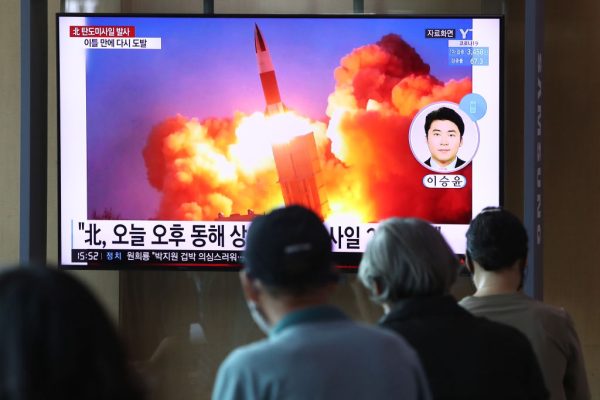
Historically, North Korea has displayed its latest weaponry at the armistice anniversary with a large-scale military parade. Although the parade’s confirmation was pending, analysts around the world were eagerly awaiting an opportunity to assess North Korea’s military advancements, and whether or not the hermit nation was continuing to foster developments in atomic weaponry.
Seating arrangements
Another point of interest in the international community was the relative placement of the Russian and Chinese representatives during the parade. Proximity to the North Korean leader could hint at the hierarchy of alliances and the evolving geopolitical dynamics within the region.
The Kim family’s dynamics also drew attention — particularly the increased media focus on Kim’s 10-year-old daughter, Ju Ae. Though her sudden visibility was unusual for the typically-elusive family, it could potentially signal a reinforcement of the Kim dynasty’s continuity and presence in the world.
Kim Jong Un’s sister, Kim Yo Jong, was another key figure in attendance. Her increasing prominence within the regime’s public-facing roles has added another dimension of intrigue to the dynasty’s future, analysts say.
Unresolved issues
On July 19, U.S. Army Private Travis King crossed the demilitarized zone into North Korea during a group tour, resulting in an information vacuum regarding his status. Whether King intended to defect or return to the U.S. remains unclear, and analysts predict it may take weeks or months for North Korea to decide his fate.
In the backdrop of the visits from Russia and China, tensions between the U.S. and North Korea continue to simmer. Recently, the U.S. deployed a second nuclear-armed submarine, the USS Annapolis, to South Korea. This move is likely to exacerbate existing tensions and potentially provoke further missile tests from North Korea.
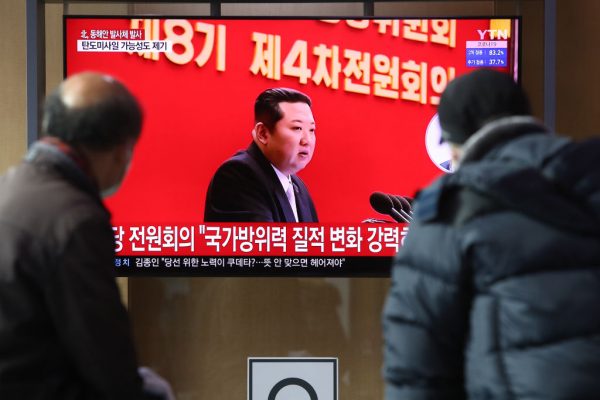
Just a fortnight ago, Kim Jong Un’s sister, Kim Yo Jong, asserted that North Korean warplanes had driven off a U.S. spy plane over their exclusive economic zone, cautioning of “shocking” consequences should U.S. reconnaissance activities persist. South Korean military refuted the claim — maintaining that U.S. forces were merely performing standard surveillance in collaboration with South Korea.
Shifting alliances
Amid the high-stakes atmosphere, the Russian and Chinese visits to North Korea are seen as strategic maneuvers. The Kim regime likely sees these diplomatic engagements as an opportunity to refute notions of international isolation. Years of sanctions have made these alliances crucial for North Korea to negotiate its place on the global stage.
RELATED: Is North Korea Drifting Away From China?
Meanwhile, the White House announced plans to host a trilateral summit with Japan and South Korea, emphasizing America’s pursuit to strengthen its ties with key regional allies.
Despite these diplomatic efforts, tension in the region remains palpable. North Korea’s state-run news agency recently labeled U.S. plans to deploy strategic nuclear assets to South Korea as “the most undisguised nuclear blackmail,” asserting that such actions jeopardized global security.



